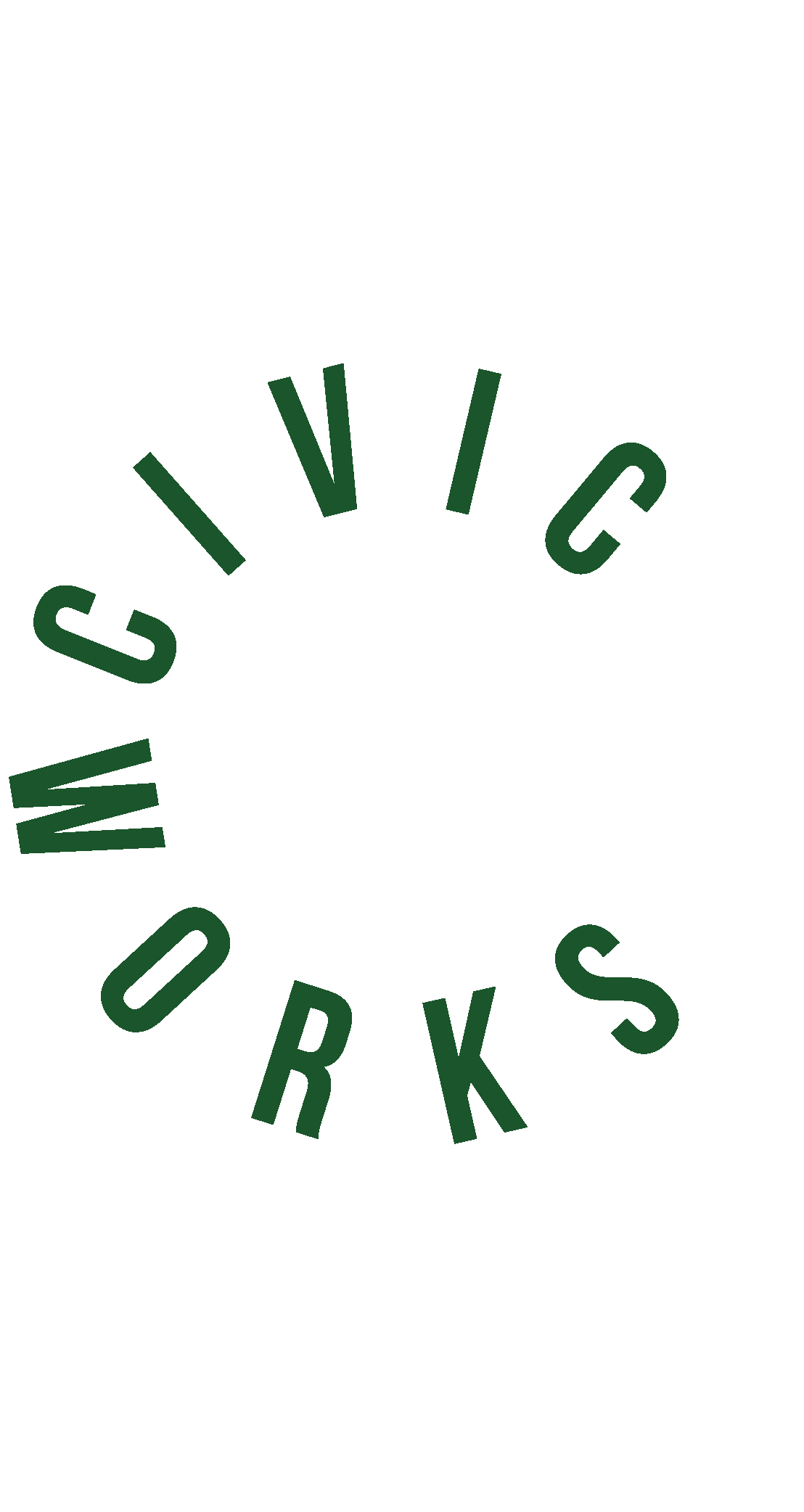The Symbols That Stick:How Cities Brand Themselves (Intentionally or Not)
Welcome to Austin Mural
When you think of your favourite cities — whether it’s the energy of Tokyo, the charm of Lisbon, or the chaos of Vegas — there’s usually more than just geography behind why they stand out. Places have personalities. They imprint on us, sometimes deeply, through the people we meet, the food we try, or even the way a certain street corner feels at sunset.
But it’s not just vibes. It’s branding, and it’s not always deliberate
What Is Place Branding, Anyway?
Place branding is the craft of shaping a city’s image. It's not just about slick logos or catchy slogans. It’s the bigger picture: how a city tells its story to the world — and how people feel about it in return.
Think of how quickly certain visuals trigger a place in your mind:
· NYC’s yellow cabs and steam vents.
· London’s red buses and the Underground roundel.
· Amsterdam’s canals and crooked houses.
These cities are so visually distinct, you can often recognize them from imagery alone — a testament to how iconic and authentic their brands have become.
These aren’t just marketing tools — they’re emotional bookmarks. Little cues that form expectations before we even get off the plane.
Why It Matters
We don’t fall in love with places because of their tourism campaigns. We fall in love with how they feel. And great place branding taps into that.
A good place brand makes a place instantly recognizable. A great one makes people feel something. Maybe it’s pride. Maybe it’s curiosity. Maybe it’s the sense that this is somewhere I could belong.
It works the same way as personal brands or product branding: Ever dislike a brand because it felt inauthentic or tried too hard?
Now think of a place you love — why does it stick with you?
So, What Makes It Work?
Authenticity. Storytelling. Emotion.
Cities, like people, are multi-layered. They have histories, contradictions, inside jokes. The most successful brands lean into what’s already there. They don’t try to be everything to everyone. They find what’s real and build around it. It might be a revitalized laneway turned farmer’s market. Or an old industrial zone reimagined as a creative district. Or just a neighbourhood that lets its murals and dive bars do the talking.
The best place brands are built with locals, not just for tourists. They reflect who lives there now — and who might want to stay. They help residents feel proud of their home, while gently inviting others in.
Intentional or Not, Cities Tell Stories
Some cities spend years (and millions) crafting their image. Others let the branding write itself — through local culture, public art, or even what goes viral on TikTok.
But either way, people are always forming impressions. We absorb a place through all our senses — the sounds of a busy wharf, the glistening reflection of the skyline, or the smell of fresh baked goods at the local café. That’s why place branding isn’t just a design exercise. It’s a human one.
And the cities that get it right? They don’t just make a good first impression — they make lasting memories that stay with us for a lifetime.
Case Study:
Austin, Texas – Keepin’ It Weird (On Purpose)
Austin’s brand wasn’t born in a boardroom. It started as a local rallying cry to “Keep Austin Weird” — originally meant to support small businesses. But over time, the city embraced the phrase as its unofficial identity. Now, it’s shorthand for creative freedom, indie culture, and a kind of quirky confidence. Murals, music festivals, food trucks in old parking lots — all of it reinforces Austin’s reputation as a place that celebrates individuality and resists the polished and predictable.
Case Study:
Copenhagen – The Bike-Lane Blueprint
Copenhagen didn’t just brand itself as a cycling city — it built the infrastructure to back it up. The city’s focus on sustainability, liveability, and minimalist design comes through in everything from its bike highways to its urban furniture. You don’t need a tourism ad to get the message — just a walk (or ride) through the streets. The consistency between policy, design, and everyday life makes the brand feel not just believable, but aspirational.

